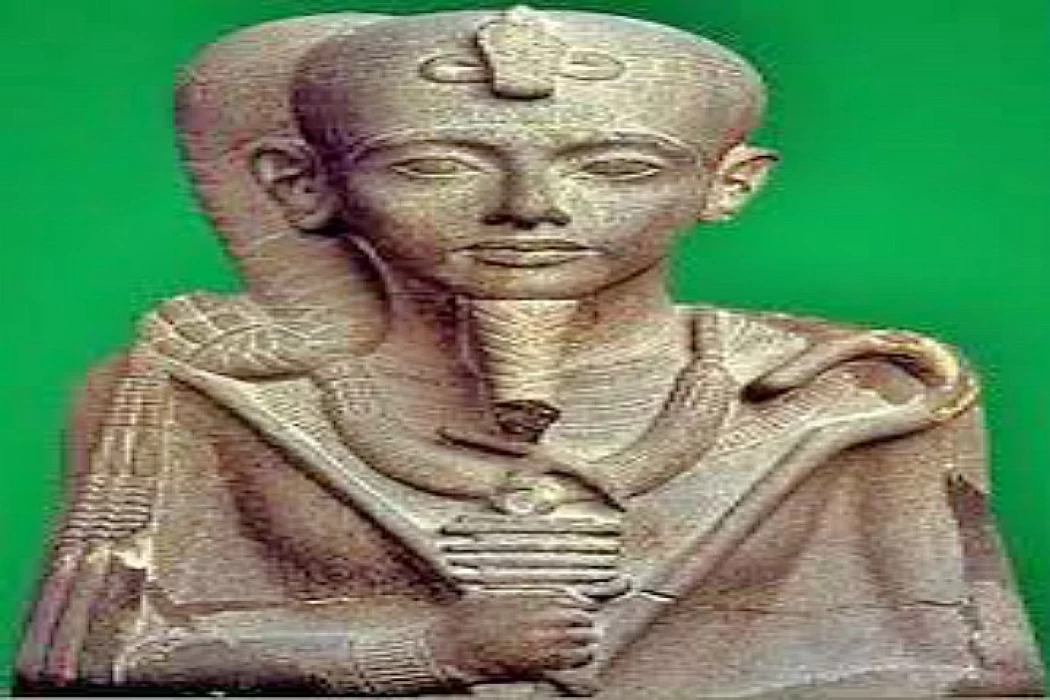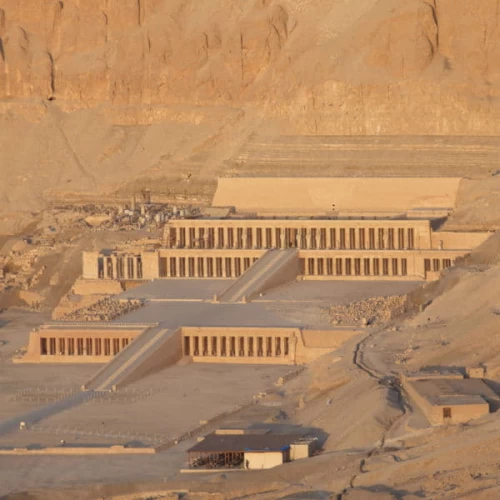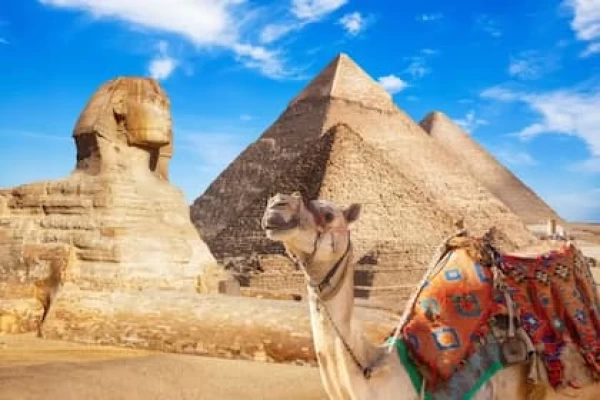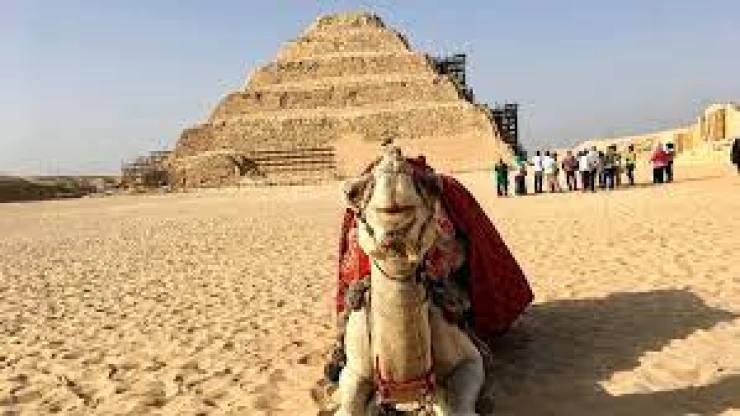
God Khonsu | Dios de la luna
En los textos de las pirámides y sarcófagos se le menciona como un dios bastante cruel e incluso agresivo, que se encargaba de alimentar a los dioses egipcios, además de ayudar al faraón cazando y protegiéndose de los genios malvados.
El dios Khonsu también es conocido por ser un dios que viaja de noche, los cielos en su barco. En lo que ellos llaman la tríada tebana aparece como el hijo de Mut y Amun. Se le considera un hombre barbudo en posición de marcha así como el antiguo imperio, capaz de transformarse en niño, incluso fue coronado por la luna creciente.
Lleva un cetro de uñas y un collar en el pecho o en las manos. Además, se le ha representado como un hombre con cabeza de halcón. Algunos los llamaron el dios que alejaba a los espíritus malignos o el dios sanador.
El templo principal de Khonsu se encuentra en Karnak, justo dentro del templo del dios Amón y en Kom Ombo lo adoraban como al hijo de Sobek y Hathor. Este templo comenzó a ser construido por Ramsés III durante el nuevo reino y terminó en la era ptolemaica.
Muchas creencias atribuyen que se le conoce como un dios que se relaciona con el tiempo y por eso lleva en sus manos una rama de palma que usa para medir el paso del tiempo. Ha asignado algunos epítetos como el rayo de la juventud, que es capaz de perforar al viajero (ya como dios de la luna).
It is known that the ancient Egyptian civilization or the Pharaohs were associated with the worship of the moon, which was also known to have had three gods, and according to their seniority they are the god "Ah", meaning the moon god, then "Khonsu", which is a name that means wandering or traveling, and there is a temple for him called the Temple of the "Moon God" in Luxor, while the third god associated with the moon is the god "Thoth", the inventor of the lunar calendar.
In the texts of the pyramids and sarcophagi, he is mentioned as a rather cruel and even aggressive god, who was in charge of feeding the Egyptian gods and also helping the pharaoh by hunting and protecting him from evil geniuses.
God Khonsu is also known for being a god traveling at night, the skies in his boat. In what they call the Theban triad he appears as the son of Mut and Amun. He is regarded as a bearded man in a marching position as well as the ancient empire, capable of transforming into a child, he was even crowned by the crescent moon.
Carry a nail scepter and a necklace on his chest or hands. Furthermore, he has been represented as a man with the head of a hawk. Some called them the god that kept away evil spirits or as the healer god.
The main Temple of Khnum is located in Karnak, just inside the temple of the god Amun and in Kom Ombo they worshiped him as the son of Sobek and Hathor. This temple began to be built by Ramses III during the new kingdom and was finished in the Ptolemaic era.
Many beliefs attribute that he is known as a god who is related to time and that is why he carries a palm branch in his hands which he uses to measure the passage of time. He has assigned some epithets such as the bolt of youth, which is capable of piercing the traveler (already as a moon god).
The god (Khonsu) is considered the son of the god (Amun), and he was represented in the form of a man with the head of a falcon topped with a lunar disk. He also appeared in the form of a mummy or a child considered one of the moon gods, or a tight, tight robe. So his hands may be all or half untied. Above his head are the crescent and the moon, and a lock of hair hangs from his head. He usually receives a set of badges and scepters, which are (Haqqa, Was, Jad, Nakhkh).
The falcon's head is sometimes depicted as a heavenly distress, and is distinguished from the deities "Ra" and "Hor" by the moon disk and crescent.
He appears in the form of a human or a falcon, wearing a tight dress that covers his body. He carries a crescent moon on his head, surrounded by the full moon disk, and a braid hangs from the side of his head, indicating his role as a son in the Theban Trinity.
The baboon is considered one of his religious symbols as Lord of the Moon, although Khonsu himself is not often depicted as a monkey, unlike the god Chhuti, who is usually depicted as a monkey.
He has many titles: (Khonsu, the sublime in mind) (his Theban title) (His Highness) (Khonsu, the mastermind in Thebes) (the deity who expels evil spirits).
"The wanderer on the face" derives its name from the verb "khans" (xns) meaning (to cross), due to the moon crossing the sky. It is an act known to us from the "Pyramid Texts" in the paragraphs that refer to the moon crossing the sky.
That is, the name "Khonsu" means (the transient), and it is also a reference in the world of the dead to the deceased crossing the world, just like the moon. His name also means: (the one who travels); (the one who runs); (the one who moves); and (the one who passes).
He has a human figure with the moon sign above his head. As the son of "Amun and Mut".
Thebes is the main place of worship for the god Khonsu as a member of its trinity. However, many places of worship were found for him in many places throughout the country. His temple is within the scope of the Karnak temples from the era of King Ramesses III, and was expanded by a number of his successors.
Khonsu participated in many religious celebrations and holidays, such as (the beginning of the year), where his sacred statue was transported in a boat from his temple in Karnak to the Luxor Temple, where his parents Amun and Mut participated in the celebrations.

















